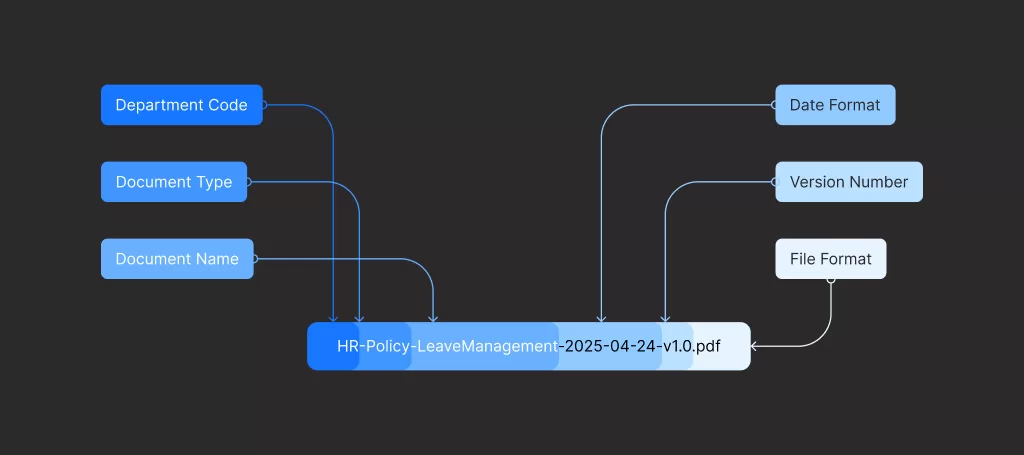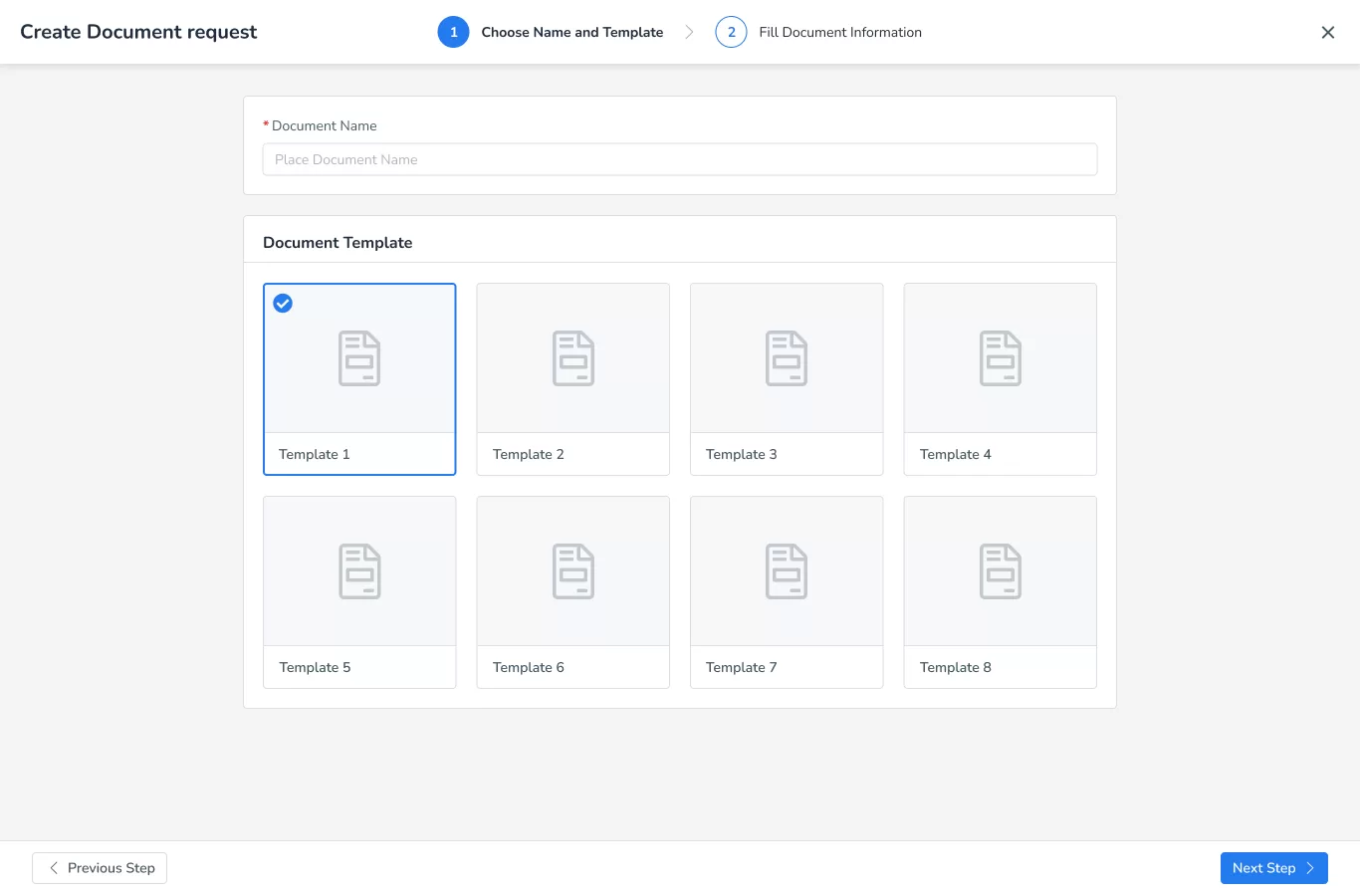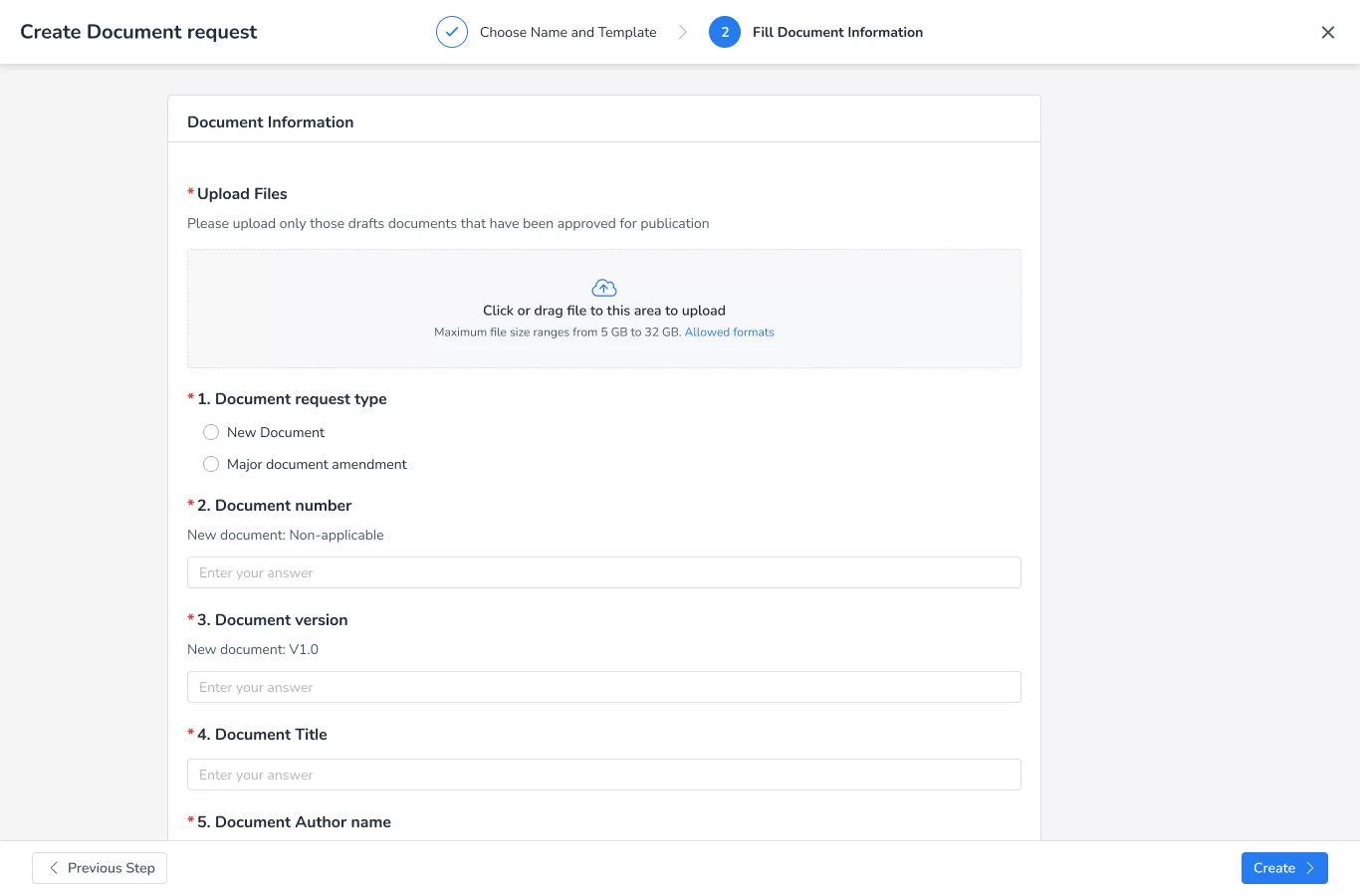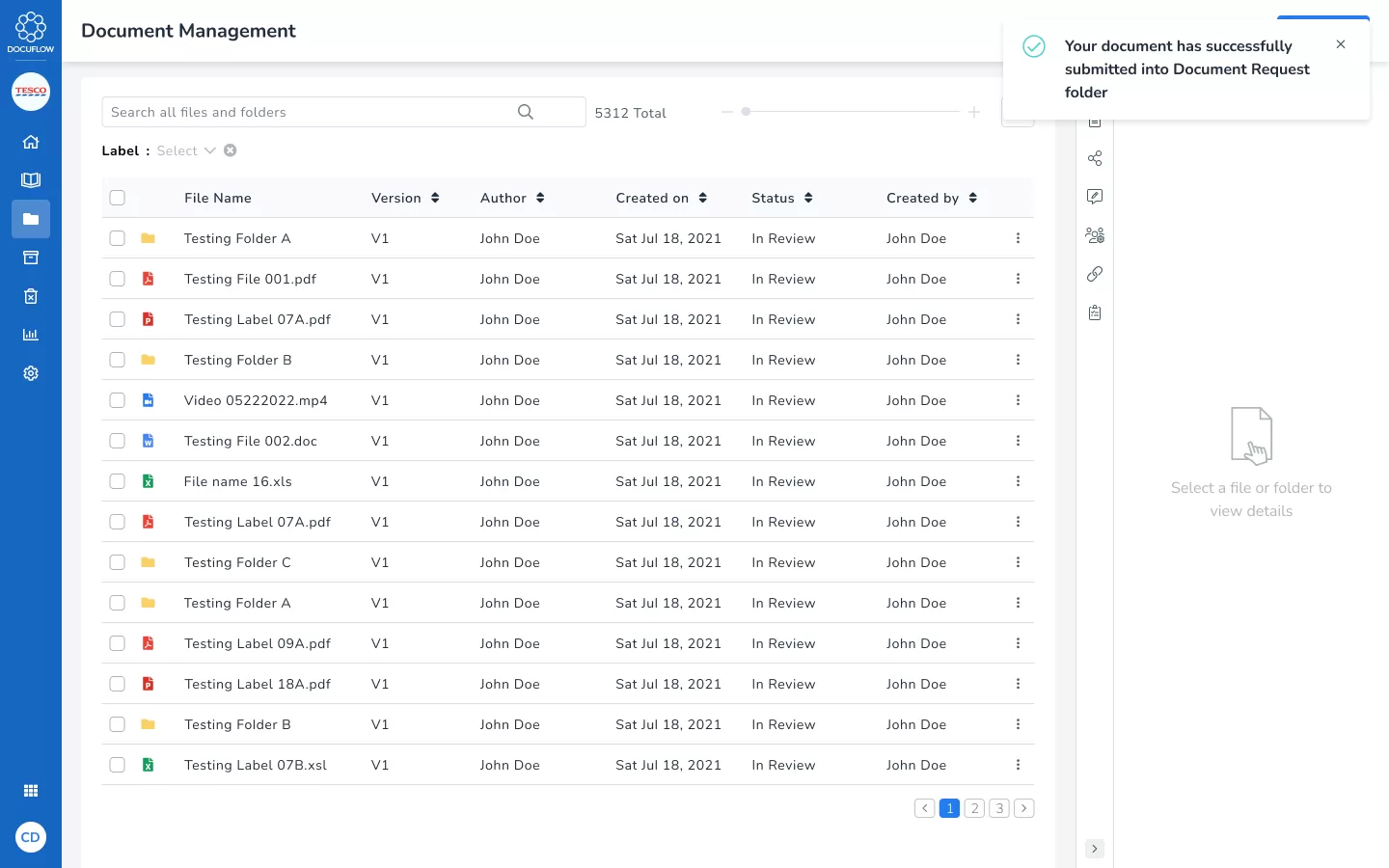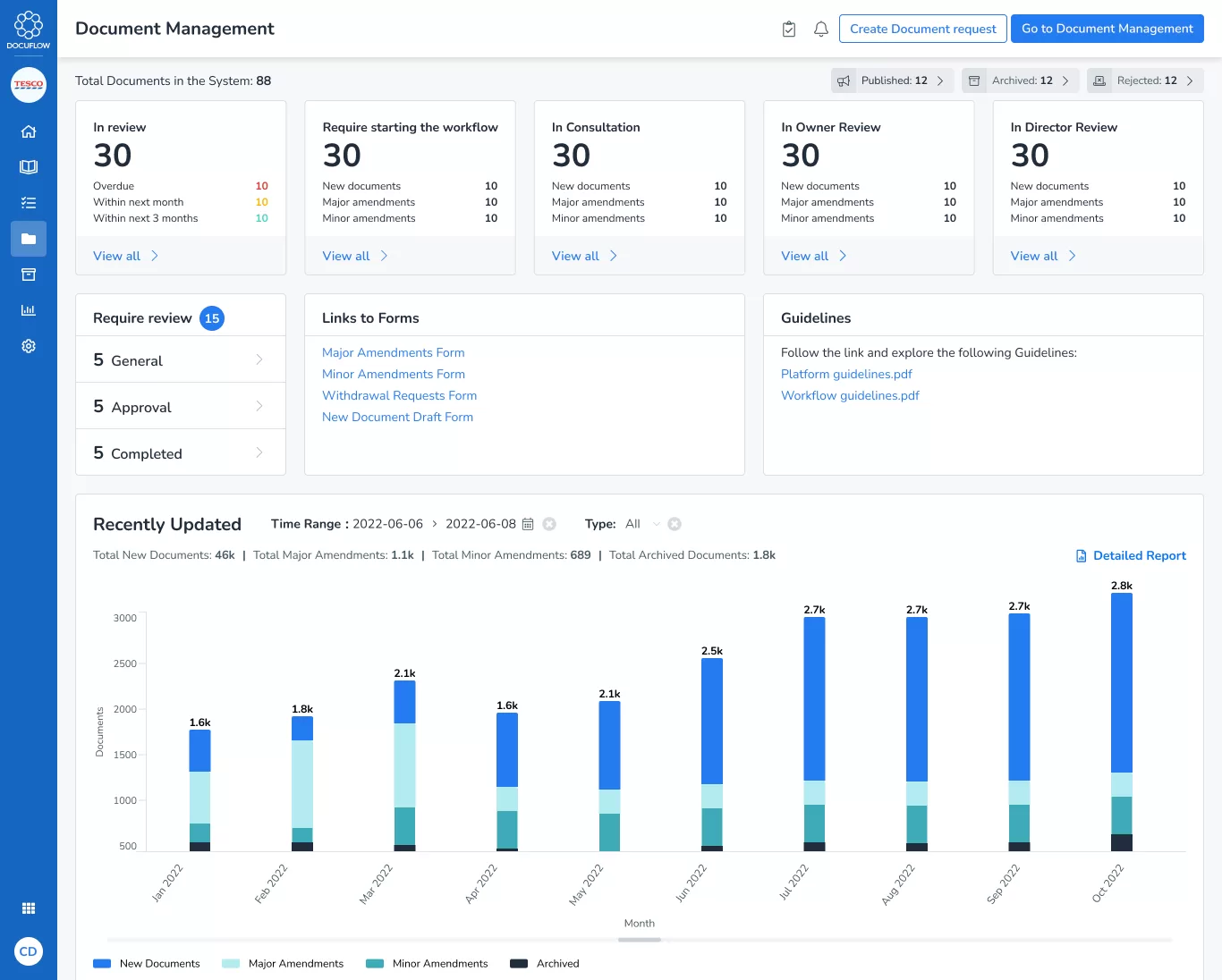Helping teams eliminate chaos, improve access control, and bring structure to a growing ecosystem of internal and external documentation. We partnered with Tesco’s supply chain division to replace an overloaded Google Drive setup with a robust, role-based document management system tailored for scale, security, and compliance.
Task
Design a centralized system that supports document lifecycle management, with features like automated naming, version control, and permission-based access for internal teams and external partners.




